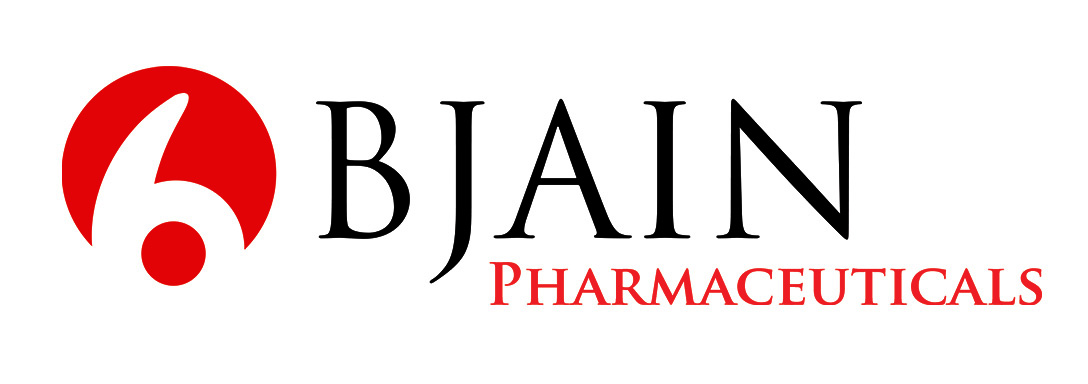Breast Cancer Awareness Month
Every October is breast cancer awareness month, these 31 days are solely dedicated to spreading awareness for breast cancer among the masses. This year’s theme for Breast Cancer Awareness Month 2023 is ‘Keeping Her in Picture’. This theme has a very deep meaning. We are at this critical point concerning female health that we are not talking about living standards. Our major concern has now shifted to just keeping women alive and healthy.
After all Breast cancer has been unpredictable and sudden in its onset. The only thing we can do is find out early. This early detection can be only achieved by enough awareness among women. The designation of being called as Pink Month is related to education about disease, and its early identification and seeking treatment.
What is Breast Cancer?
Like any other cancer, breast cancer is also defined as the abnormal growth of breast tissues and the formation of tumors. According to a study conducted in 2022, breast cancer contributes to 28.2% of all women’s cancers. These statistics are concerning and they should urge us to work on the issue.
How to detect Breast Cancer?
Early detection of breast cancer can play a pivotal role in reducing mortality due to breast cancer. But, the question arises of how we will detect early and even before the appearance of symptoms. Many women develop symptoms of breast cancer after significant advancement and many do not even produce any symptoms.
It can be achieved by educating women from a young age to do a self-examination of their breasts and if they suspect anything then visit a doctor.
What is Breast Self-examination?
Breast self-exam can help you detect any deviation from normal at an early stage. This method of screening is your best bet in detecting breast cancer as early as possible in a large population country like India where resources are limited. There are five steps of routine breast examination:
- First Step: In this initial step, stand in front of a mirror and have a look at your breast. Your hands should be on your hips in this position. Check for any dimple or abnormality in shape, and check nipples if they are retracted or not.
- Second Step: Check your breast for the same indications in the mirror while keeping your hands upwards.
- Third Step: Examine your breast for fluid coming out of your nipples. The liquid coming out of nipples can be transparent, milky, or bloody. Consult your physician if any of these signs are observed.
- Fourth Step: Palpate your breast for any lump in the lying down position. Place your palm over your breast and check thoroughly for any abnormalities. Always use gentle pressure and cover your complete breast. The hard tissue below your nipples is not an abnormality, it is the areola, the collection of milk ducts.
- Fifth Step: Check for the above signs using the same technique while standing.
When to contact your Doctor? If any of the signs mentioned above are visible then consult your healthcare provider immediately. The earlier the intervention, the better the prognosis of the disease. Do not delay your treatment.

Dr Kiran Swami
Dr. Kiran Swami, BHMS, MD (Hom.), a Research Officer at BJain Pharmaceuticals Pvt. Ltd., holds degrees from Nehru Homeopathic Medical College, Delhi, and Dr. Sarvepalli Radhakrishnan Rajasthan Ayurved University, Jodhpur. With expertise in homeopathy and a passion for research, she drives innovation in holistic healthcare solutions.


